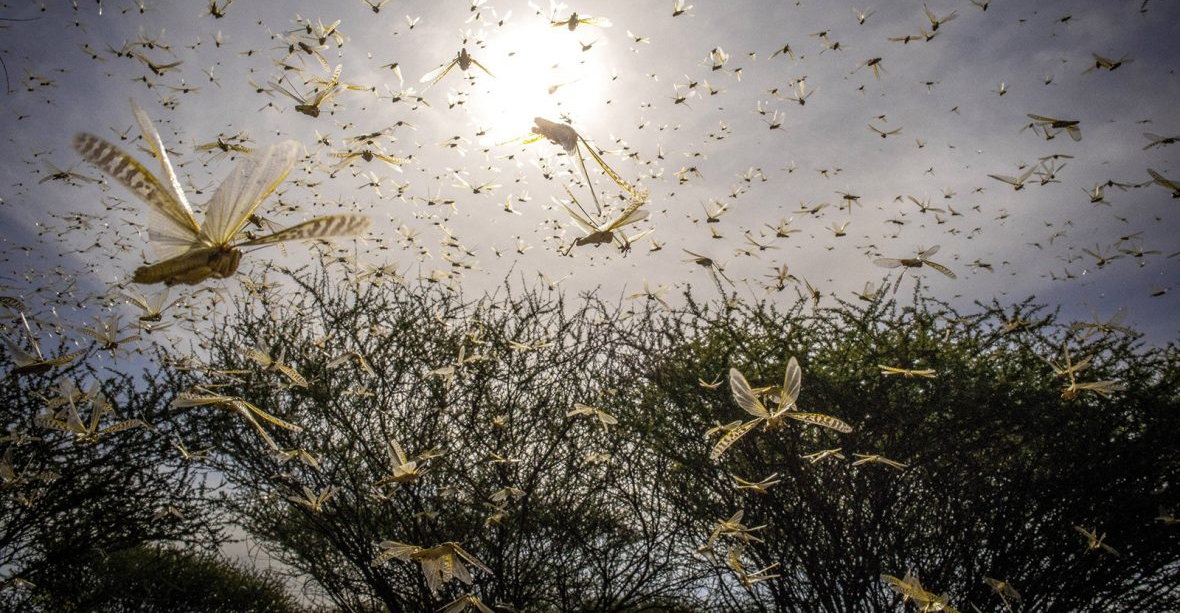Project Description
The worst Desert Locust outbreak in 25 years threatens food security across East Africa.
The invasion poses an unprecedented threat to food security in the entire sub region, where more than 19 million people in East Africa are already experiencing a high degree of food insecurity (FAO).
The desert locust crisis is currently a rural crisis, threatening the livelihood, food and income sources of farmers and herders. If not controlled, its impacts could spread into urban and peri-urban areas, by affecting local food availability and food prices and triggering displacement out of rural areas.
CONTINUED SURVEILLANCE
Regular and accurate surveillance is necessary to plan and coordinate effective desert locust control operations. Ministries, Desert Locust Information Officers (DLIOs), local partners and community members all play a fundamental role in early warning. It is a key chain of events: rural populations and partners site the locusts; ministry staff travel to these remote and difficult to reach areas to verify and monitor; verified sightings are reported to FAO’s global Desert Locust Information Service using the eLocust3 suite of digital tools and Open Data Kit. Control operations depend on this information to be planned and executed.
Somalia’s Desert Locust Units operating out of Hargeisa, Garowe and Guriel are not sufficiently staffed or equipped to survey and monitor an upsurge of this scale. They lack the resources to conduct field surveys, certified DLIOs to locally analyse incoming information, and enough well-trained scouts and other partners to carry out fieldwork with local communities. These vital teams need technical training, mobility and equipment to scale up rapidly. The information gathered and analysed through these efforts are central to ongoing regional efforts in combatting desert locust.


